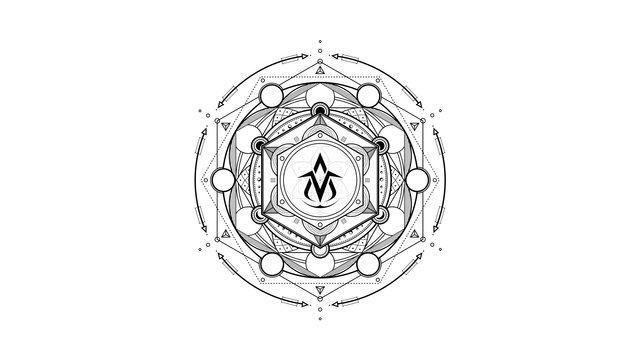The upcoming 59th U.S. presidential election in November 2020 has been in the news for more than a year. Will Donald Trump, the controversial US President be re-elected? Was America “Great Again” during his time in office? What kind of candidate will Democratic Party field against Trump? Who will be the next leader of the largest centralized institution in the United States? Discussions never stop.
There is no doubt that centralized institutions, including the U.S. government, need leaders to set the rules to maintain order and distribute wealth as fairly as possible. In the decentralized world where trust is built on the chain, people are now entangled in whether they need leaders, how must management authority should be given to them, and how to select qualified leaders, etc. Leader is elected to run community, but if he has too much power in hand, it will become a test in human nature by the increase in the possibility of using his power for evil.
Is there a way of voting to fairly select the most trusted leaders of all while preventing them from doing evil to the greatest extent?
The non-centralized voting function of VDS perfectly balances the demands for ecological leaders with the philosophy of decentralization. In about five years after its launch, VDS ecology will automatically activate non-centralized voting function. At that time, all members in the ecosystem can make weekly vote for the leader of the VDS community.
In fact, VDS is not the only crypto in the industry with voting system. The well-known competitive crypto EOS has voting mechanism as well. But only master nodes are eligible to vote in EOS, which are selected by users with tokens, each token represent one vote. This means that in the world of EOS, whoever with most tokens will be elected as master node, and the way to become a leader is to get support of capital rather than the public. VDS is different, as it is a real ecological referendum. VID is the community identity of VDS ecological network. Players who have turned into VID are both voters and candidates of this decentralized voting system. The only path to become a leader in VDS is to increase the level of trust among ecological members.
Non-centralized voting function in VDS integrates the seemingly contradictory concepts of “non-centralization” and “management makes community stable” to the greatest extent. It also includes the idea of a “weekly election”, which eliminates the possibility of bad or incompetent managers.
Bitcoin pioneered the era of cryptocurrency, but its lack of a decentralized management model has led to the separation of interests between Core group and the miners. By holding a weekly election, VDS avoids the situation of managers’ inaction or bad behavior since managers can only continue their serve when they’re recognized by the majority. A high degree of democratic autonomy means that a leader can be dismissed at any time when he becomes unpopular.
The non-centralized voting function of VDS maximizes the orderliness and autonomy of the ecology by allowing every participant to vote for the leader, thus establishing a healthy and fair model of autonomy on the chain. Ultimately, everyone in the ecosystem becomes the decision maker, and VDS will become a truly decentralized democratic community.
